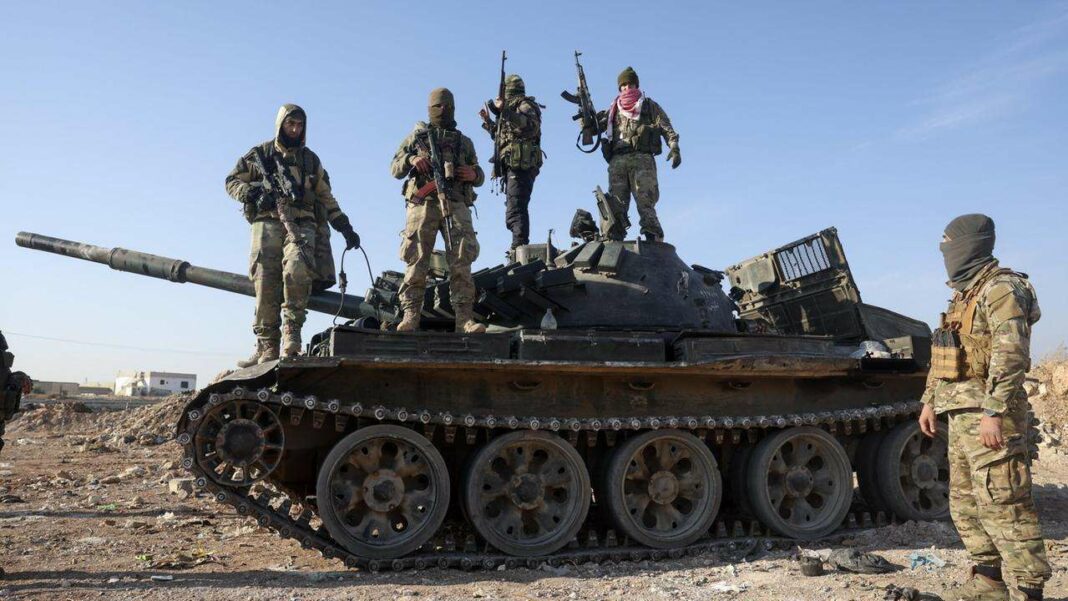Jihadist forces are advancing near Homs, Syria, critical for Hezbollah’s supply routes. Following successes in Aleppo and Hama, they now control areas just five kilometers from the city. Hezbollah is reinforcing its presence to support Syrian government forces, as control of Homs is vital for maintaining supply lines from Iran. Amidst escalating conflict, a mass exodus of Assad loyalists is reported, while the Islamic State is also regaining ground, complicating the situation further.
Jihadists Make Gains Near Homs: A Strategic Shift in Syria
The jihadist forces in Syria are making significant strides, now approaching the city of Homs, which ranks as the third-largest in the nation. This area holds strategic importance for the Lebanese Hezbollah, particularly concerning their weapon supply routes.
Following their advances in Aleppo and Hama, the Syrian rebels, led by the Islamist faction Hayat Tahrir al-Sham (HTS), are pushing further south. Activists from the Syrian Observatory for Human Rights, based in the UK, report that jihadists have seized control of the northern outskirts of Homs, now just five kilometers from the city itself. The towns of Talbiseh and Rastan have fallen under their control, with the pro-government outlet Sham FM noting that the rebels faced minimal resistance during their takeover.
Hezbollah’s Role and Regional Implications
Hezbollah is reportedly reinforcing its position in Homs, with reports indicating the deployment of fighters to support the Syrian government forces. Rami Abdel-Rahman, head of the Syrian Observatory, emphasized the critical nature of the battle for Homs, calling it “the mother of all battles,” which could determine the future governance of Syria.
Located just a half-hour from the Lebanese border, control of Homs is vital for the Syrian government. According to the US Institute for the Study of War, maintaining authority over this area is essential for facilitating the flow of supplies from Iran to Hezbollah. Homs serves as a key access point to multiple border crossings into Lebanon.
Additionally, reports from Reuters suggest that Hezbollah has dispatched “surveillance troops” to Homs to assist Assad’s forces. There are also indications that Iran plans to bolster its military presence in Syria, with intentions to send more advisors and military supplies. An anonymous Iranian official stated that Tehran is preparing to increase the flow of military equipment and personnel to the region, enhancing its support for the Assad regime.
As the conflict escalates, opposition activists have reported a mass exodus of Assad loyalists from Homs toward Damascus and the coast. The UN estimates indicate that approximately 280,000 individuals have fled the violence in northwest Syria recently, with projections suggesting that up to 1.5 million people could be displaced as the situation deteriorates.
While some celebrate the potential end of Assad’s regime, others express concern over the rising influence of Islamic factions. Reports indicate that the Islamic State (IS) is also capitalizing on the chaos, regaining control over certain areas in eastern Syria. The leader of the US-backed Kurdish forces, Maslum Abdi, noted an uptick in IS activity in the region, which has been a persistent threat since the start of the Syrian civil war in 2011.
